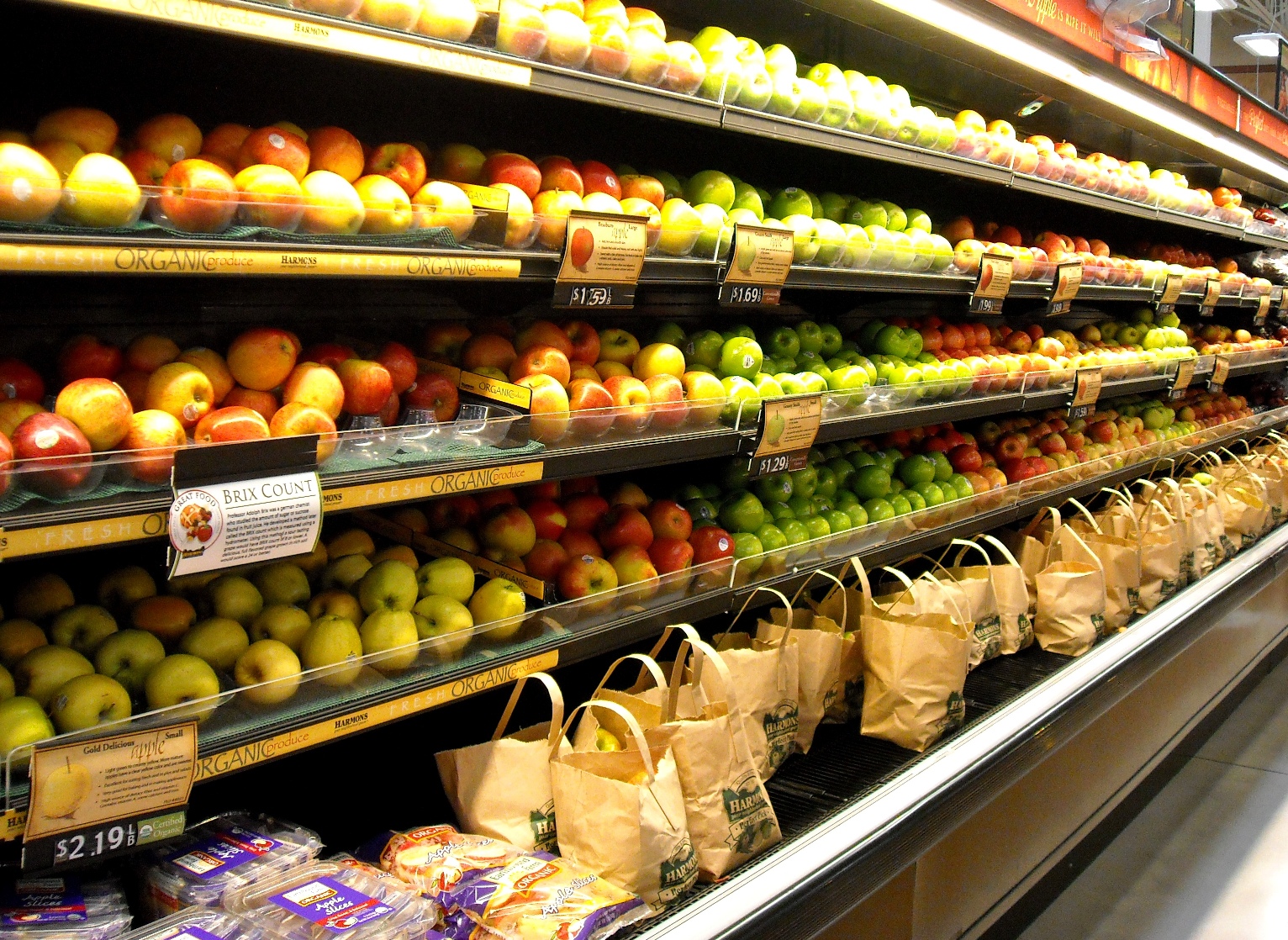
* Consumer price index falls 0.3 percent in November
* Core CPI rises 0.1 percent; shelter up 0.3 percent
* Gasoline prices post biggest drop since December 2008
U.S. consumer prices recorded their biggest drop in nearly six years in November as gasoline prices tumbled, but that did not change views the Federal Reserve would start raising interest rates in mid-2015.
The Labor Department said on Wednesday its Consumer Price Index (CPI) fell 0.3 percent, the largest decline since December 2008, after being flat in October.
For the 12 months through November, the CPI increased 1.3 percent, the smallest gain since February, after advancing 1.7 percent in October.
Economists who expected the CPI to dip only 0.1 percent from October said Fed officials were likely to shrug off the disinflationary trend as transitory when they issue a statement at the end of a two-day meeting later Wednesday.
“Beside a brief mention about keeping an eye on oil prices, do not expect this inflation report to materially impact today’s Fed decision,” said Jay Morelock, an economist at FTN Financial in New York.
While inflation is running below the U.S. central bank’s target of 2 percent, job growth has shifted into higher gear and the pace of slack absorption in the economy has accelerated in recent months.
The Labor Department report also showed average weekly earnings, adjusted for inflation, recorded their biggest gain in six years in November.
Many economists expect the Fed could signal its intention for a mid-2015 interest rate hike on Wednesday. Such a signal could come through changes to the Fed’s so-called forward guidance on rates and new economic projections.
U.S. stocks traded higher, while prices for U.S. Treasury debt fell. The dollar rose against a basket of currencies.
CAUTIONARY NOTE
Plunging crude oil prices, which hit a new 5-1/2 year low this week on increased shale production in the United States and slowing global demand, are keeping overall inflation in check for now.
Underlying price pressures also ebbed a bit after showing some signs of creeping up in October.
Stripping out food and energy prices, the so-called core CPI edged up 0.1 percent after rising 0.2 percent in October. In the 12 months through November, the core CPI rose 1.7 percent after increasing 1.8 percent in October.
Low inflation could still urge caution for the Fed, which has kept its short-term interest rate near zero since December 2008.
“The Fed will be walking a fine line in welcoming the healing effects that falling prices at the pump have on consumer balance sheets, while at the same time acknowledging that no one wants inflation that is too low,” said Diane Swonk, chief economist at Mesirow Financial in Chicago.
Gasoline prices have recorded their biggest drop since December 2008. They have now declined for five straight months. Within the core CPI, shelter costs increased 0.3 percent last month after rising 0.2 percent in October.
There were also increases in airline fares, medical care and alcohol prices. But new motor vehicle prices fell as did the cost of household furnishings, apparel and used cars and trucks.
SOURCE: http://www.reuters.com/article/2014/12/17/usa-economy-idUSL1N0U10TS20141217



